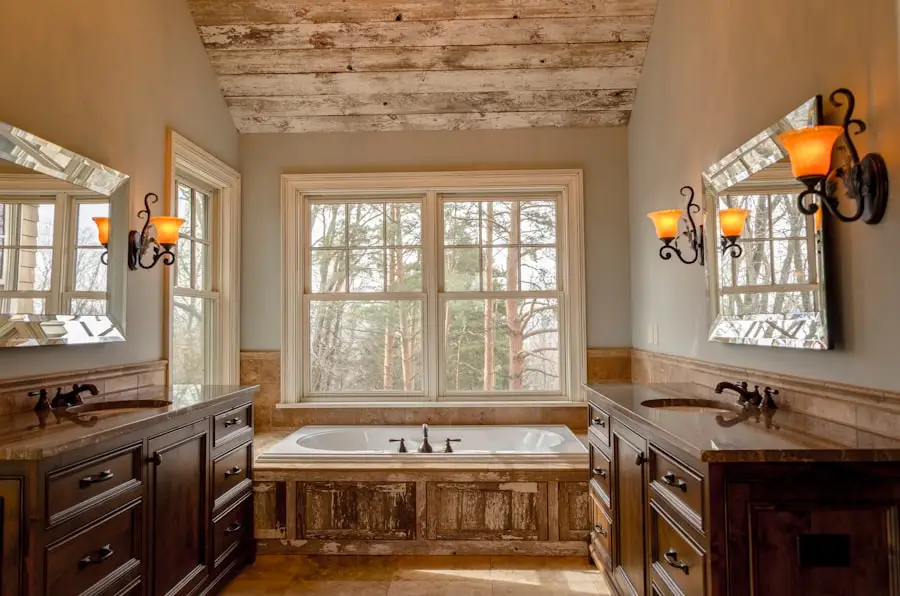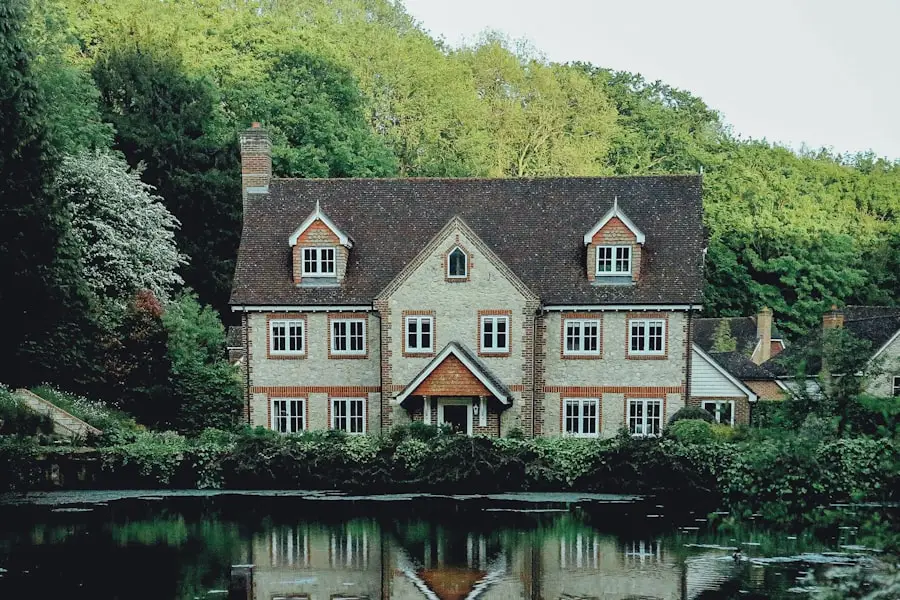As we delve into the real estate market in Hampton Roads, we find ourselves in a region characterized by its unique blend of coastal charm and urban convenience. This area, which encompasses cities like Norfolk, Virginia Beach, and Chesapeake, has seen a steady influx of residents drawn by its vibrant culture, military presence, and economic opportunities. The market here is dynamic, with a mix of historic homes and new developments, making it an attractive landscape for both seasoned investors and first-time buyers.
Understanding the nuances of this market is crucial for anyone looking to make a successful investment. The real estate trends in Hampton Roads reveal a fluctuating yet generally upward trajectory in property values. We observe that the demand for housing often outpaces supply, particularly in desirable neighborhoods close to the waterfront or with easy access to major highways.
This demand creates opportunities for us as investors, especially when we consider properties that may need some work. By identifying areas that are on the brink of revitalization or neighborhoods that are experiencing growth, we can position ourselves to capitalize on the potential appreciation of our investments.
Key Takeaways
- The real estate market in Hampton Roads is diverse and offers opportunities for investment in fixer-upper properties.
- Potential fixer-upper properties can be identified through research, networking, and working with real estate agents.
- Evaluating the cost of renovations is crucial for determining the feasibility of a fixer-upper investment.
- Calculating potential resale value involves considering market trends, property condition, and neighborhood factors.
- Working with experienced contractors and renovation teams is essential for successful fixer-upper investments.
Identifying Potential Fixer-Upper Properties
When it comes to identifying potential fixer-upper properties, we must adopt a keen eye and an open mind. The charm of a fixer-upper lies not only in its potential for transformation but also in the stories that each property holds. We should start by exploring various neighborhoods, looking for homes that may have been overlooked due to their condition.
These properties often come with lower price tags, allowing us to enter the market at a more affordable level while still having the opportunity to create significant value through renovations. In our search, we can utilize various resources such as online real estate platforms, local listings, and even word-of-mouth referrals from friends or family. Attending open houses can also provide us with firsthand insight into the condition of potential properties.
We should be mindful of key indicators that suggest a property is a good candidate for renovation, such as structural integrity, location, and the overall layout. By focusing on homes that have good bones but may need cosmetic updates or minor repairs, we can maximize our investment potential while minimizing risk.
Evaluating the Cost of Renovations

Once we have identified potential fixer-upper properties, the next step is to evaluate the cost of renovations. This process requires us to be thorough and realistic about what it will take to bring a property up to market standards. We should begin by creating a detailed list of necessary repairs and upgrades, ranging from essential structural work to aesthetic enhancements.
This list will serve as our roadmap for budgeting and planning. To accurately assess renovation costs, we can consult with contractors or renovation specialists who can provide estimates based on our proposed changes. It’s important for us to gather multiple quotes to ensure we are getting a fair price and to understand the range of services available.
Additionally, we should factor in unexpected expenses that often arise during renovations, such as hidden damage or code compliance issues. By preparing for these contingencies, we can avoid financial pitfalls and ensure that our investment remains viable.
Calculating Potential Resale Value
| Factors | Impact on Resale Value |
|---|---|
| Vehicle Age | Decreases over time |
| Mileage | Higher mileage decreases value |
| Condition | Well-maintained increases value |
| Market Demand | High demand increases value |
| Features | Desirable features increase value |
Calculating the potential resale value of our renovated property is a critical step in our investment strategy. We need to conduct thorough market research to understand what similar homes in the area are selling for after renovations. This involves analyzing recent sales data and considering factors such as square footage, number of bedrooms and bathrooms, and overall condition.
By comparing our property to these benchmarks, we can estimate a realistic resale price that reflects both our investment in renovations and current market trends. In addition to looking at comparable sales, we should also consider the unique features of our property that could enhance its value. For instance, if we are able to add modern amenities or improve energy efficiency through renovations, these upgrades can significantly increase appeal to potential buyers.
We must also keep an eye on broader market trends that could influence resale value, such as economic conditions or changes in local infrastructure. By staying informed and adaptable, we can position ourselves for a profitable return on our investment.
Working with Contractors and Renovation Teams
Working with contractors and renovation teams is an essential aspect of our journey in transforming a fixer-upper into a desirable property. Building strong relationships with reliable professionals can make all the difference in ensuring that our renovation projects run smoothly and stay within budget. We should take the time to research potential contractors by checking references, reviewing past work, and ensuring they are licensed and insured.
Effective communication is key when collaborating with contractors. We need to clearly articulate our vision for the project while remaining open to their expertise and suggestions. Regular check-ins throughout the renovation process will help us stay informed about progress and any challenges that may arise.
By fostering a collaborative environment, we can ensure that our expectations are met while also allowing for creative input from those who have experience in the field.
Considering Location and Neighborhood Factors

As we navigate the world of fixer-upper investments, considering location and neighborhood factors becomes paramount. The old adage “location, location, location” rings true in real estate; it significantly impacts property value and desirability. We should evaluate neighborhoods not only based on current trends but also on future growth potential.
Areas undergoing revitalization or those with planned infrastructure improvements often present lucrative opportunities for investment. We must also take into account the amenities available in the neighborhood, such as schools, parks, shopping centers, and public transportation options. These factors contribute to the overall appeal of a property and can influence resale value down the line.
Engaging with local community groups or attending neighborhood meetings can provide us with valuable insights into what makes an area attractive to potential buyers. By aligning our investments with desirable locations, we can enhance our chances of success.
Navigating Legal and Zoning Issues
Navigating legal and zoning issues is an often-overlooked aspect of investing in fixer-uppers that we must approach with diligence. Each municipality has its own set of regulations regarding property renovations, which can include zoning laws, building codes, and permits required for specific types of work. Before embarking on any renovation project, we should familiarize ourselves with these regulations to avoid costly fines or delays.
Consulting with local government offices or hiring a real estate attorney can help us understand the legal landscape surrounding our investment. We should also be aware of any homeowner association (HOA) rules if applicable, as these can impose additional restrictions on renovations or property use. By proactively addressing these legal considerations, we can ensure that our renovation plans align with local requirements and proceed without unnecessary complications.
Tips for Successful Investment in Fixer-Uppers
As we reflect on our journey into investing in fixer-uppers, several key tips emerge that can guide us toward success. First and foremost, patience is essential; renovations often take longer than anticipated and may require adjustments along the way. We should remain flexible and open-minded throughout the process while keeping our end goals in sight.
Additionally, maintaining a clear budget is crucial for avoiding financial strain during renovations. We should track expenses meticulously and be prepared for unexpected costs by setting aside a contingency fund. Networking with other investors or joining local real estate groups can also provide us with valuable insights and support as we navigate this complex landscape.
Finally, we must remember that every property tells a story—our job is to enhance that narrative through thoughtful renovations that respect the home’s character while modernizing it for today’s buyers. By combining strategic planning with creativity and diligence, we can turn fixer-uppers into profitable investments that contribute positively to our communities and enrich our own lives as investors.
If you are interested in identifying profitable fixer-uppers in Hampton Roads, you may also want to check out this article on a property in Corapeake. This Corapeake fixer-upper offers great potential for investment and renovation. With the right vision and resources, this property could be a lucrative opportunity for those looking to flip homes in the area.

